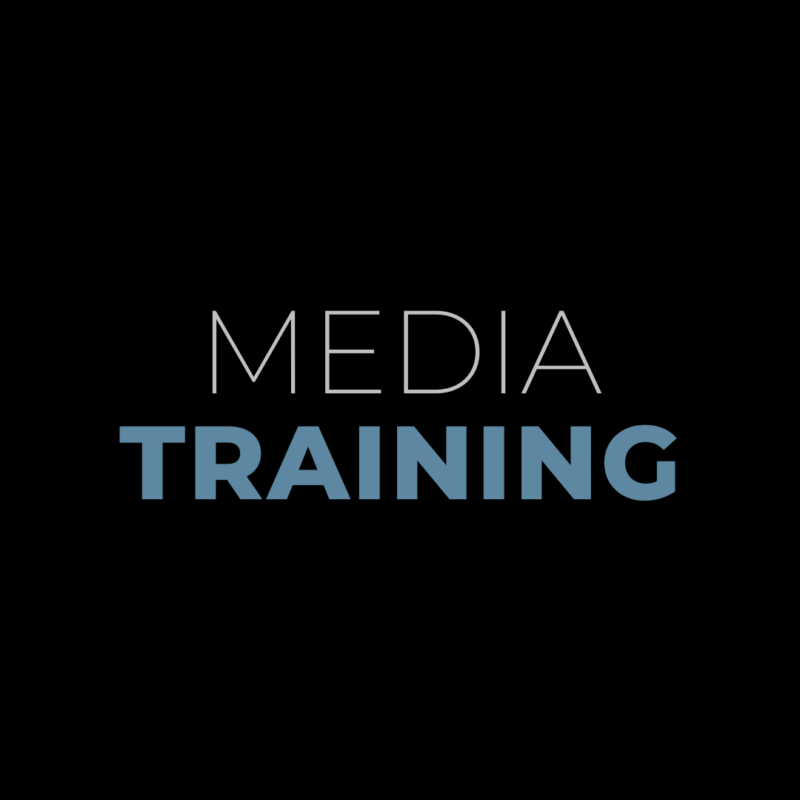Please stop… using these headlines in your news releases
We’re kicking off this new series on the blog called “Please Stop,” which is intended to point out some of the things that not-so-great PR people do that give the rest of us a bad rap. This week, our focus is on news releases – specifically, headlines of news releases.
One of the most important aspects of our job is media relations, and at Obsidian, we take our relationship with – and reputation among – reporters very seriously. We take the time to study what they write about, how they write and what seems to capture their interest and attention so that we don’t junk up their inboxes with stuff that’s sure to end up in the trash.
We know reporters get thousands of emails each day, and not only can that be treacherous to wade through, but we also bet it can be downright boring. Can you imagine opening one news release after another – all with the same standard headline: “So-and-so promoted at the Who Cares Company,” “Whatever Industries to host Average Annual Event” or “Lackluster Enterprises announces Uninteresting News Item”? I bet this is what they can begin to look like to reporters at the end of the day.
Well, why not catch them off guard – and thus, capture their attention – by adding a little creativity in your headlines? Yes, there are standard expectations for word usage in news releases – no fluff, please – but we are wordsmiths by trade, so try replacing a standard word or two with an ingenious substitute.
Here are some examples:
Tired: City Museum to host ‘Ancient Egypt’ exhibit this summer
Eye-catching: City Museum unwraps Egyptian mummies exhibit this summer
Boring: 4th Annual Opera Festival Returns April 1 to Local Playhouse
Tantalizing: Love, lust and murder headline 4th Annual Opera Festival at Local Playhouse
Blah, Blah, Blah: Local Zoo Receives Grant for Snake Conservation Research
Oh, that’s interesting!: Local Zoo launches new study to understand snake die-offs
It’s easy to do, honestly. There are a just a few guidelines to follow. Let’s start with a couple “Don’ts.”
- Absolutely do not ever recycle headlines. Don’t pull up last year’s event release and simply replace “3rd Annual” with “4th Annual” or take the last new hire or promotion release and swap out the names and positons. If you are doing this, it’s a guarantee that your releases are tagged as “snoozers” by the media.
- Don’t use a template headline. This is tempting for companies that announce multiple mergers or new locations, as it can be tough to find 100 different ways to announce a new location. However, there will be something different about each location – be it an interesting fact about the market or the franchise owner or some other seemingly small thing that will be unique to a specific new location. Rather than burying that interesting fact in the body of the release, use it in the headline to differentiate each opening and make it interesting to the specific media receiving the news release.
Continuing that thought, here are some other ways to weave in a little creativity:
- Write the headline as you normally would, then compare it to the last several news releases you’ve distributed. Are you recycling? Take any specific words you’ve used multiple times and replace them with different, more creative words. Then, reorder the headline to ensure you aren’t using a template approach.
- If you are stuck in “template mode,” find something newsworthy that you are including in the body of the release and find a way to use it as the headline.
- Announcing another new hire? What’s unique about him or her? How does this new hire impact the company? Does this person add a new skill or allow the company to offer something new? If so, make that the focus with the new hire being ancillary in the announcement.
- Rather than using the name of a new product in a product launch release, creatively explain what it does or focus on who it impacts in the headline.
- Use “spicy” words to capture attention. It may seem difficult to spice up the announcement of some of the news companies need to broadcast, but sometimes the strategic (and appropriate) use of racy words can turn a seemingly static news announcement into an attention-grabbing article. (Keep in mind that if you are having a lot of difficulty making your release interesting, it’s likely a sign that media won’t find it interesting either.)
These are just a few pointers, but the overall takeaway is to look at your headlines and think of them as an opportunity to sell the story to the media in as few words as possible. The greatest compliment a reporter can give you is to actually use your headline in publishing the announcement. I love it when that happens!



